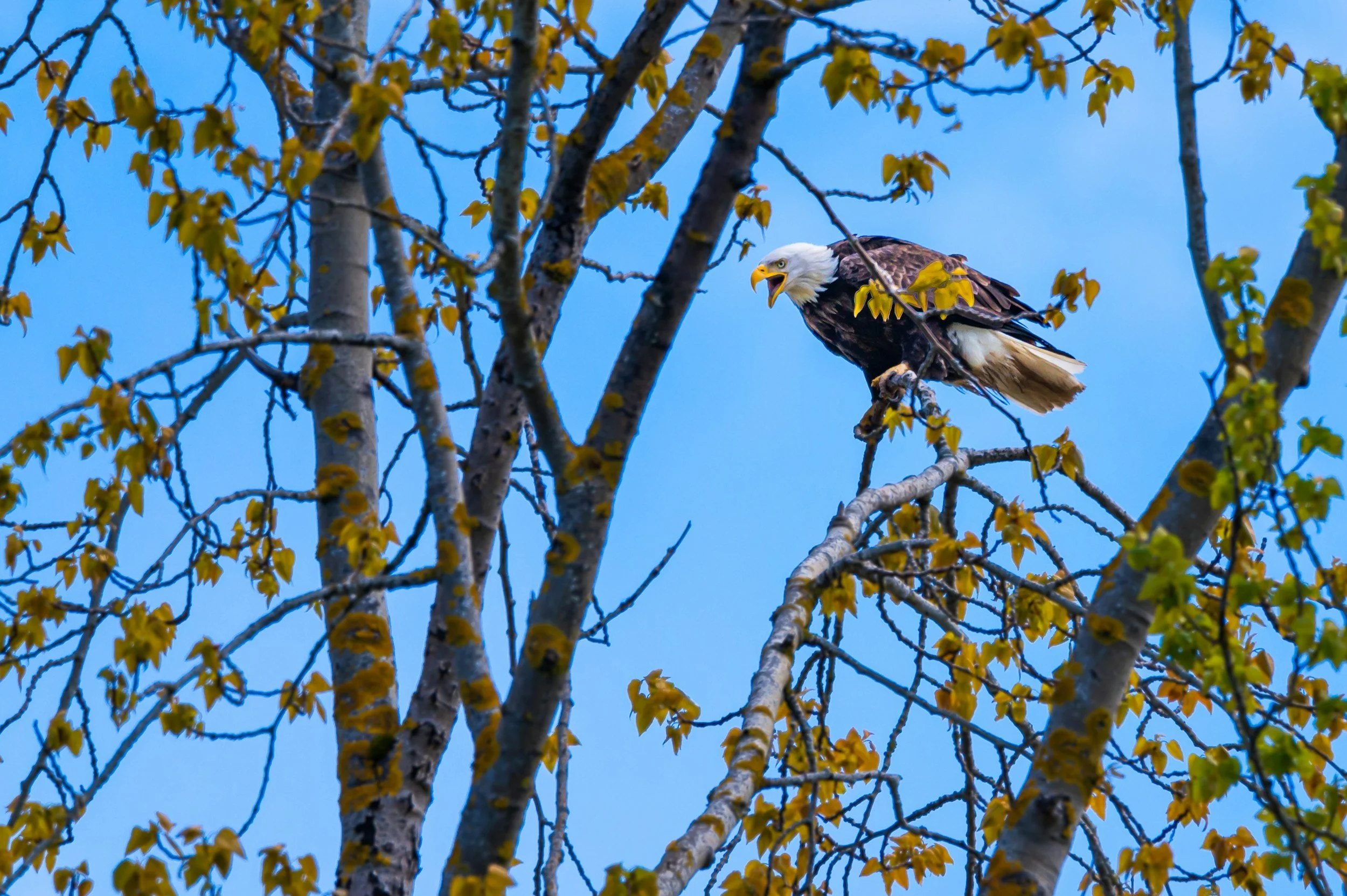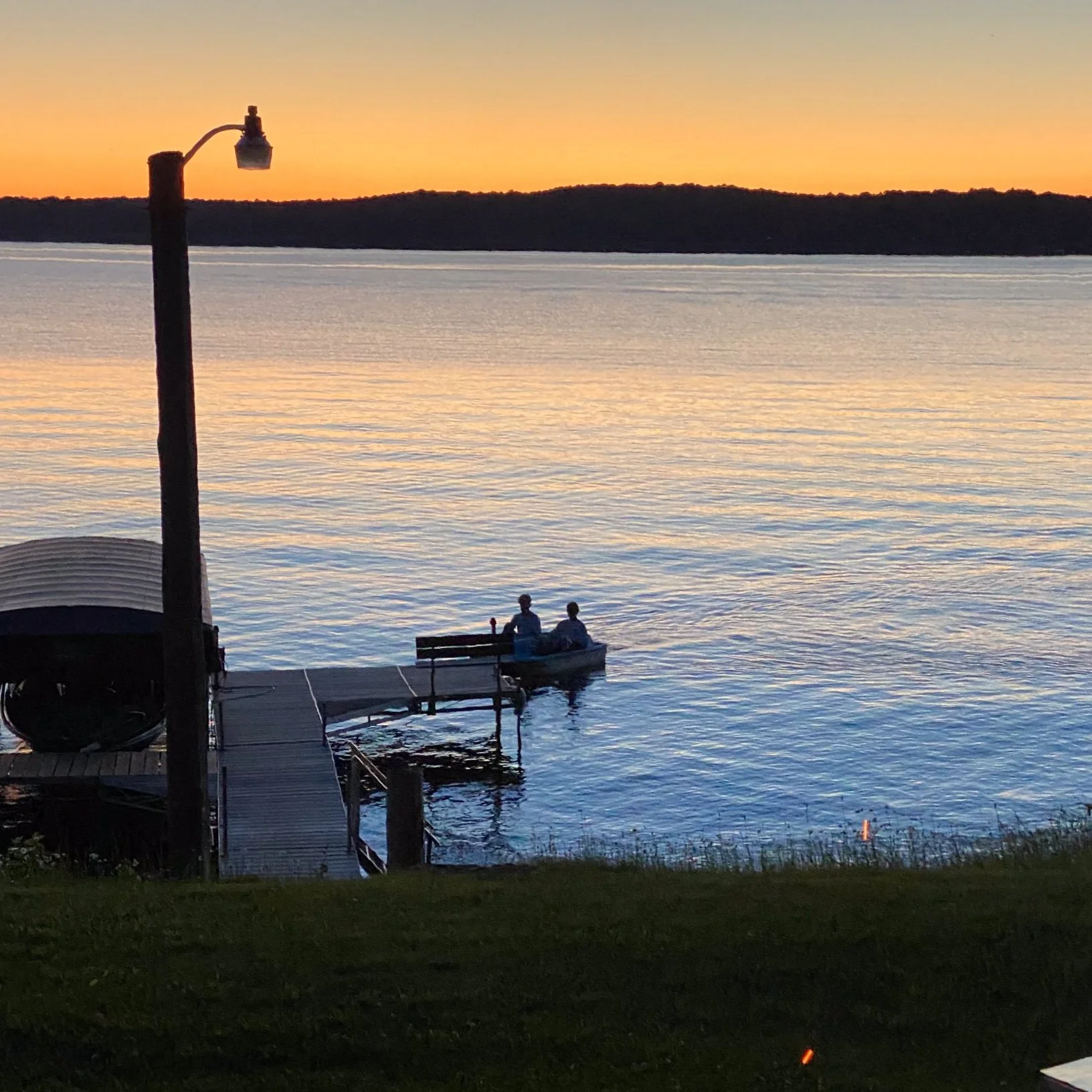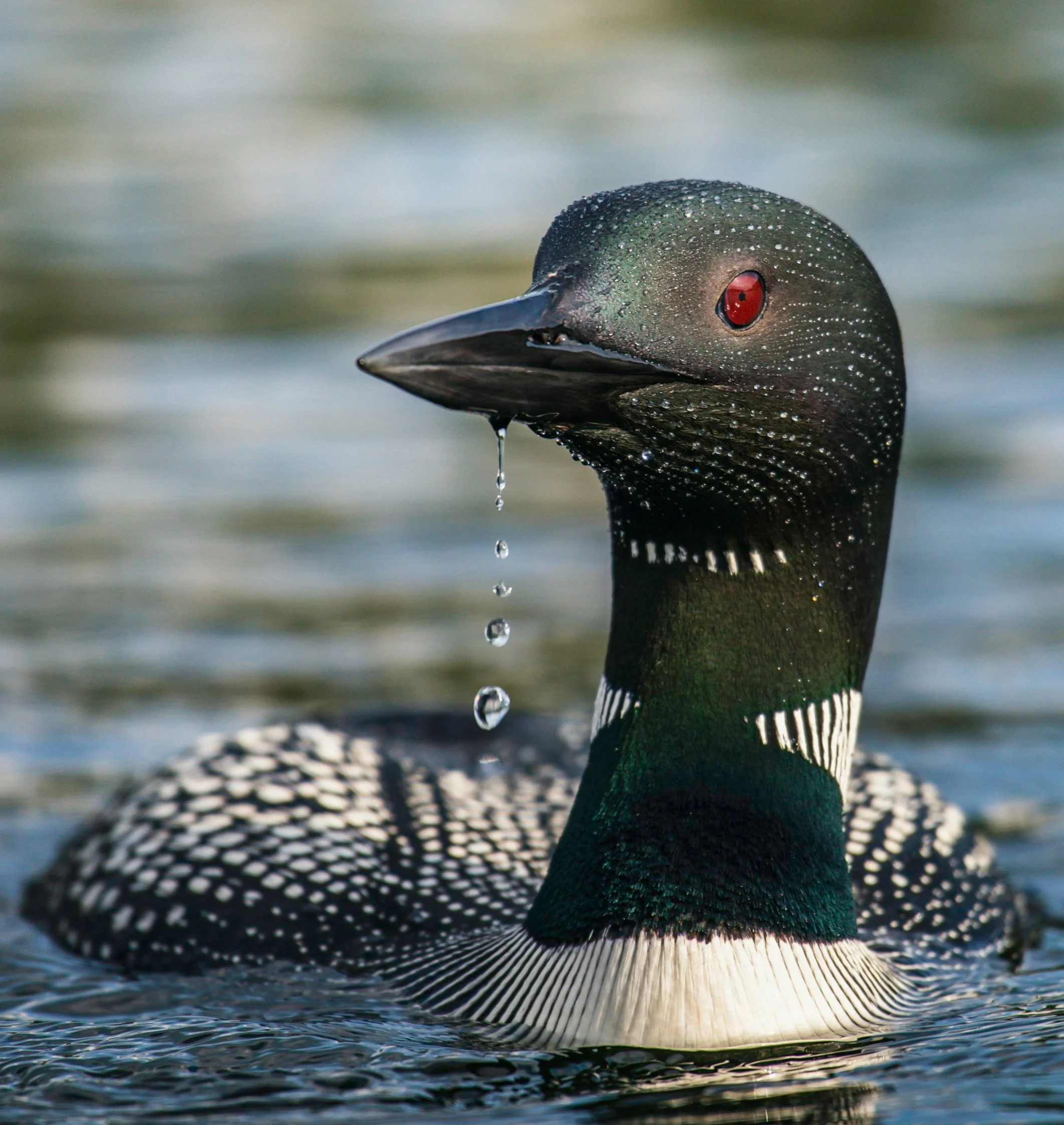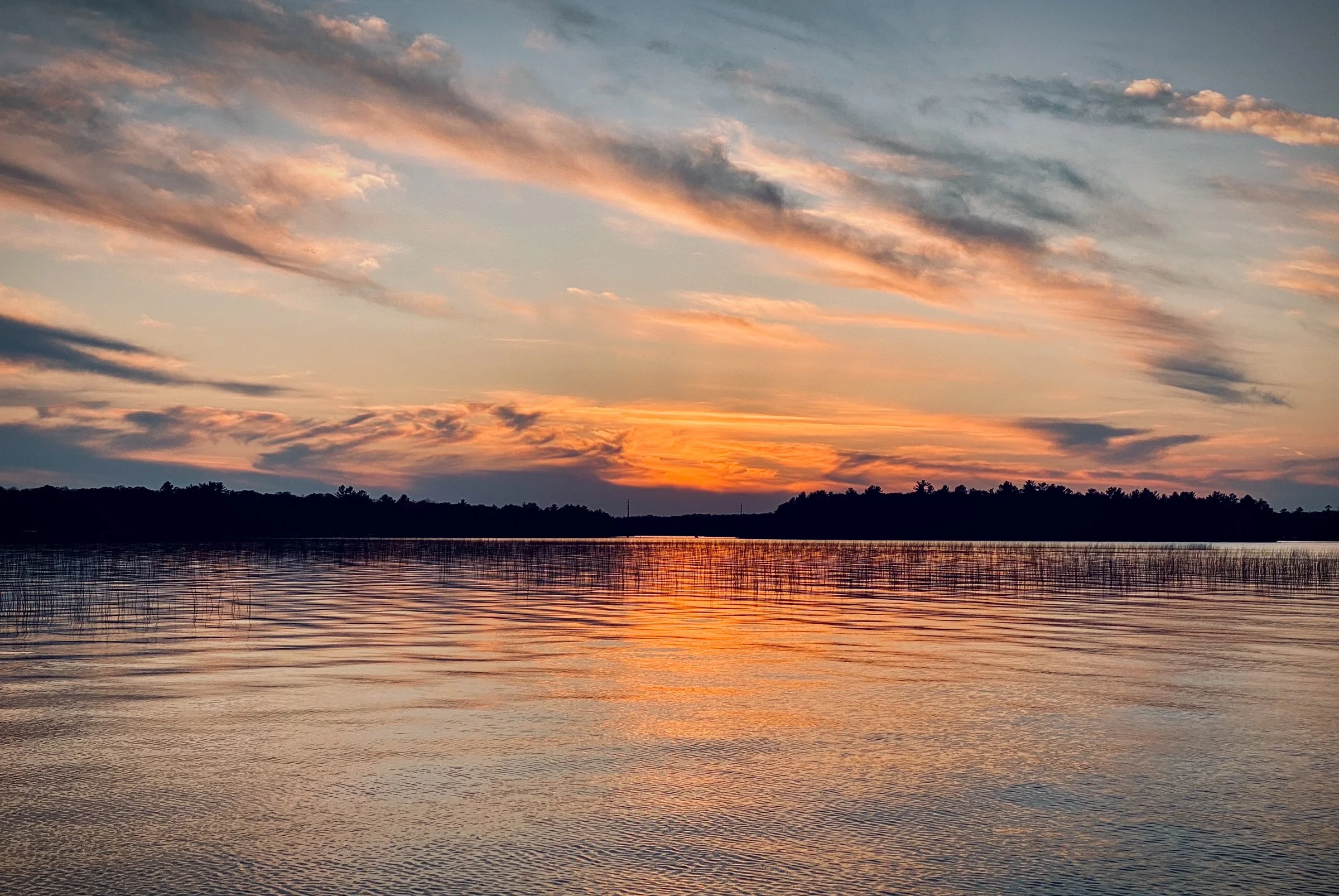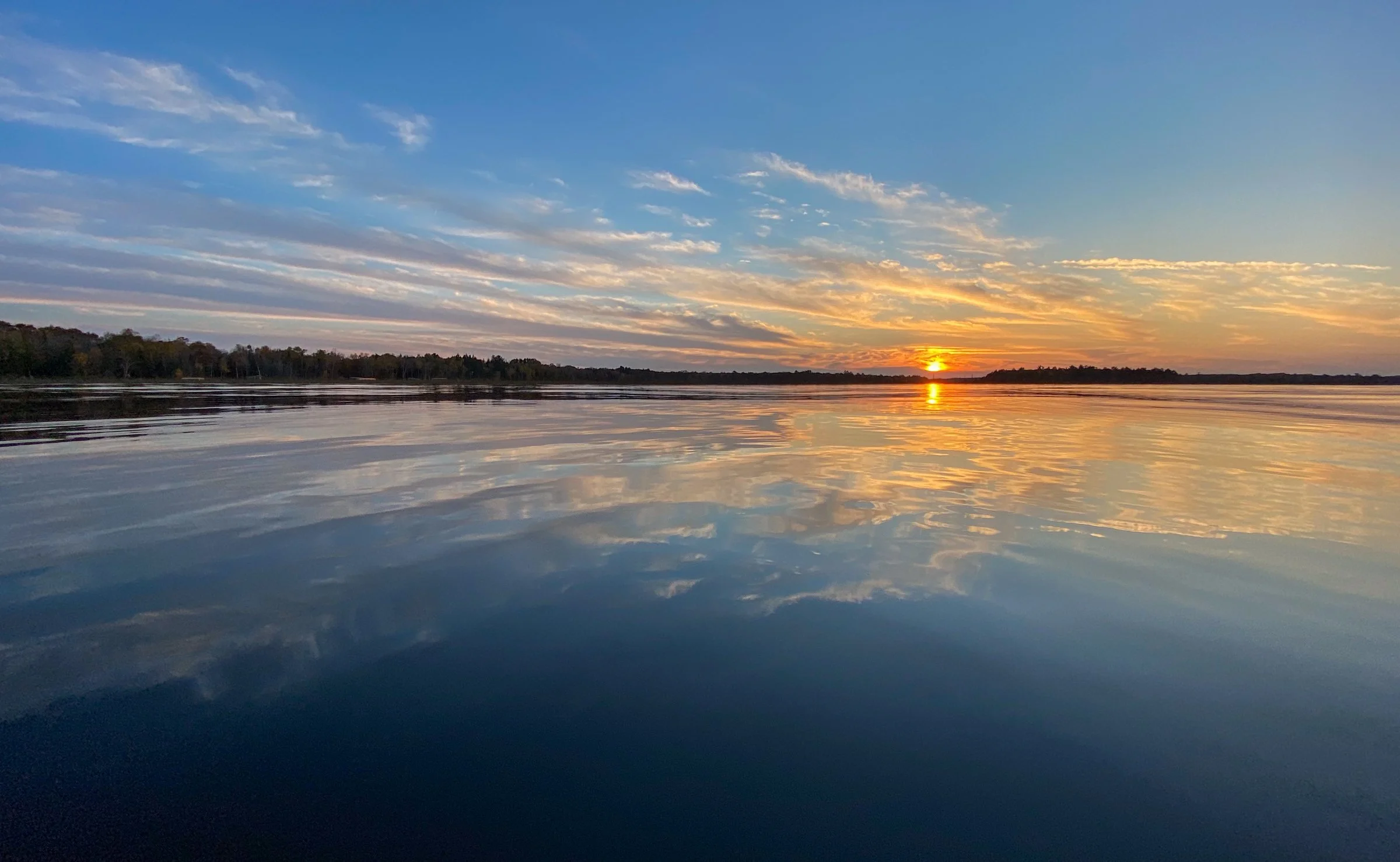
The North & South Twin Lakes District
Preserving our lakes.
Managing for the future.
The North and South Twin Lakes District is committed to preserving and maintaining the pristine waters of our lakes to ensure they remain a Northwoods Sanctuary for generations to come.
Explore the Twin Lakes District
Discover our latest lake management initiatives aimed at preserving North and South Twin Lakes. Stay informed and engaged by exploring our comprehensive reports and updates on lake preservation efforts.
Learn how we are protecting water quality, managing invasive species, and supporting healthy ecosystems in our lakes. We offer resources to keep our community informed and engaged in lake preservation efforts.
Stay informed on the latest happenings around North and South Twin Lakes. From project news to community updates, it’s the place to find recent information on our lake district efforts and upcoming events.
Sign up for email updates from the North and South Twin Lakes District. Receive important news, event invitations, and project updates right in your inbox, keeping you informed on all things related to the lakes.
Need to get in touch?
We’re here to answer your questions about lake management, local projects, or community involvement. Reach out for support, share your thoughts, or learn more about the North and South Twin Lakes District.


